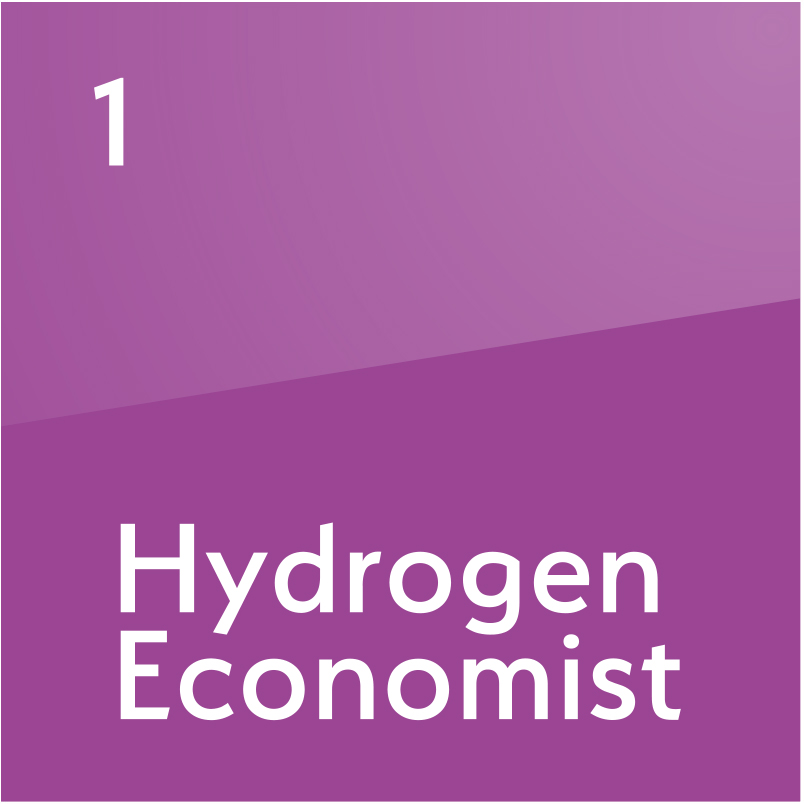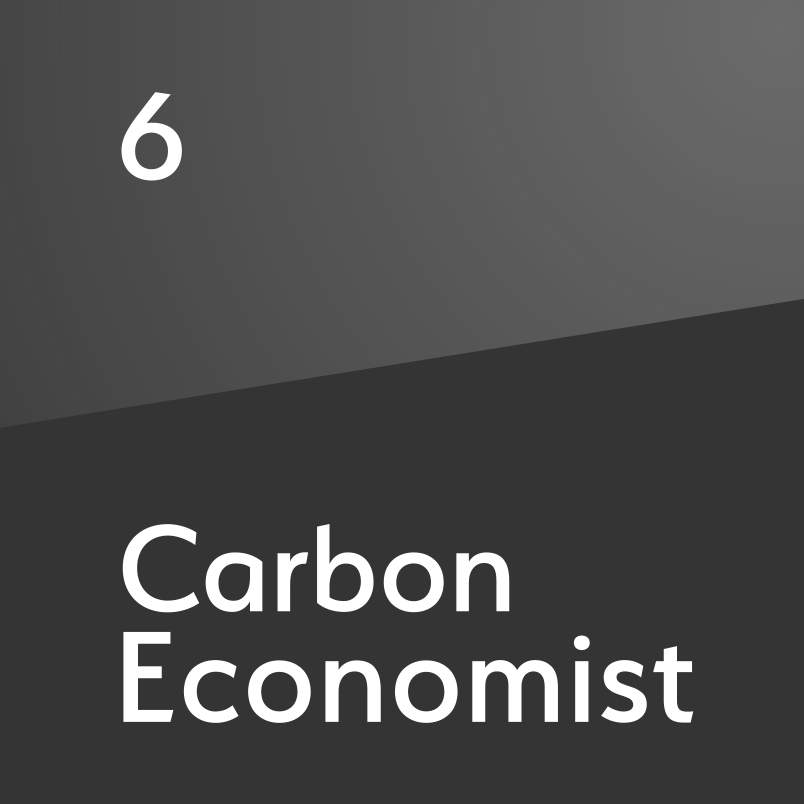Divided oil world
The global crude supply landscape has transformed over the past two years, bringing some blessings and many curses for producers
Opec's decision in November 2014 not to cut production—one it has maintained at every meeting since—sparked a global output free-for-all, sending oil prices down in the process. Almost two years on, ahead of another unofficial Opec meeting in Algeria, Brent wasn't even able to sustain a price at $50 a barrel, its inflation-adjusted level since the 1970s. Demand is hardly roaring ahead, but the real culprit remains too much supply. In August, global oil production was 96.9m barrels a day—just 300,000 b/d less than a year ago. That's hardly the kind of supply retreat anyone expected when prices started to crumble. The relentless nature of the supply glut continues to thwart forecasters. In Jan

Also in this section
5 December 2025
Mistaken assumptions around an oil bull run that never happened are a warning over the talk of a supply glut
4 December 2025
Time is running out for Lukoil and Rosneft to divest international assets that will be mostly rendered useless to them when the US sanctions deadline arrives in mid-December
3 December 2025
Aramco’s pursuit of $30b in US gas partnerships marks a strategic pivot. The US gains capital and certainty; Saudi Arabia gains access, flexibility and a new export future
2 December 2025
The interplay between OPEC+, China and the US will define oil markets throughout 2026







